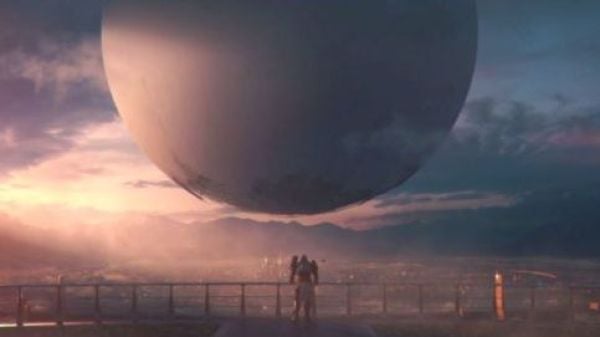Vanilla Destiny had a lot to do when it released. It was a brand new IP that was introducing a brand new universe complete with worlds, lore, and characters. Most important were the Guardians that players would take control of, heroes that would eventually become legend as you triumphed over the various vessels of the Darkness that sought to snuff out everything humanity holds dear. With that said, those classes, while fun, always struggled to find a real identity outside of certain subclasses.
Titans, which for all intents and purposes should’ve been the tanks of Destiny’s universe (and are even described as such in some of the game’s lore) never really felt that way thanks to limited abilities and a rigid subclass structure. While Ward of Dawn, the Defender’s Super of choice, definitely proved to be the best defensive ability in the game, but outside of having a Super, the bulky Guardian was just as squishy as a Warlock. In fact, the Warlock had a lot of abilities that often made it better suited for front lines action and drawing enemy fire.
The Hunter and Warlock faced the same dilemma at times. While something like the Nightstalker had a clear purpose as a control subclass to set up allies for victory and the Stormcaller was a DPS class built for eliminating crowds, their ‘roles’ could be filled by any of the three classes. This made all of the classes accessible, but aside from a few situations it didn’t let them really be their own thing, or even what they were expected to be. A large part of this was due to so much being tied to a subclass’ Super ability. Outside of that, many of the Guardians perform relatively the same, give or take a few perks, with some outshining their peers in classes they shouldn’t.
Yet while playing Destiny 2, one thing became instantly clear to me after trying out the Titan, Warlock, and Hunter across various modes. They were different, and not just in appearance or the fact that they each used a different burn. At their very core, they were designed to be unequivocally different from the others. This is in large part due to a new feature called class abilities. Like in the first game, all subclasses in Destiny 2 have a grenade and melee skill. However, after The Taken King, the Hunter got a new ability, Shadestep, a rolling dodge ability for the Nightstalker. It was an optional skill, but Bungie has taken that idea and run with it on all classes. What this does is provide each character a unique use on the battlefield that provides an extra, strategic option and helps to define that Guardian’s role during missions or Crucible matches.
The Titan’s Striker subclass has received a large upgrade in Destiny 2, and part of that upgrade is a class ability that lets it summon a wall of light in one of two ways. The first is a huge wall which stops anything from coming through. It can be used to save a life at the last second, create a choke point, or just completely stop enemy advancement. It lets the Defender role, which is essentially what a Titan should always be, seep into other subclasses, maintaining a sense of tankiness while still offering other options for offense. You still get all of the brute force of the Striker, which has been upgraded to provide more control over the Fist of Havoc rather than a single slam that can be avoided, yet the tank identity of the Titan is clear as day and allows you to still defend your allies or take to the front lines with ease. The Titan’s new subclass in Destiny 2, the Sentinel, keeps up the trend of defense focused gameplay that also allows for dominating strength to push back enemies.
It’s not just the Titan whose identity is fully realized in Destiny 2 either. The other classes also find newfound use. Another standout is the Warlock. It’s still a very good DPS machine with solid defense and great versatility, but now it’s even more useful to its allies with its pool of light that finally makes regular use of the Warlock’s magic to support allies. It can be tweaked to either heal or increase attack and defense. Bungie actually added a healing class, and it works quite well. It moves Destiny 2 more into the realm of RPGs without giving up any of that FPS goodness that fans love about the game.
It’s important to mention that none of this necessarily makes one class or subclass better than another in Destiny 2. You can still play as you please, regardless of what you choose for your Guardian. However, on a strategic level, there’s more value to the classes, new reasons to make one choice over the other. It’s not as rigid as your typical RPG, and that’s fine. Destiny has always been about creating your own legend, and Destiny 2 doesn’t intend on completely removing that ability. But from a gameplay perspective, these added, refined identities build upon the lore that we’ve read in the grimoire and witnessed from the Vanguard reps, and they really help to make the player feel like they’re part of that history. Guardians are now able to truly tread in the footsteps of their predecessors, and, so far at least, Destiny 2 seems to be all the better for it.
Hopefully, with the addition of other subclasses and abilities, Bungie can maintain the balance that I experienced with my hands-on time with Destiny 2. If they can, the defined roles being introduced can really change the universe that the Traveler has sought to protect for the better.


